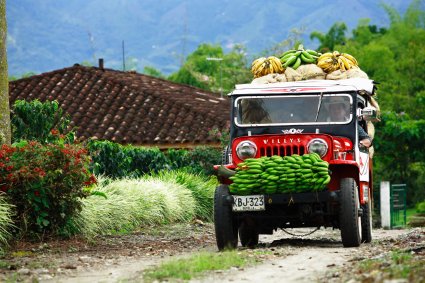 For inhabitants of Colombia, coffee production is an effective means for economic growth and prosperity. And the National Coffee Research Center (Cenicafe), located in Chinchiná and sponsored by the Colombian Coffee Grower’s Federation, is working hard to highlight the influence of coffee on the economic development of the Cafe Triangle region in Colombia and countries like Guatemala and Honduras, says Fernando Gast, PhD, director of scientific and technological research at Cenicafe. “It’s the best alternative to coca production and for people wanting to go from illegal to legal crops.” Plus, with coffee prices on a rise, many farmers who began harvesting plantains, avocados and bananas are switching back to coffee.
For inhabitants of Colombia, coffee production is an effective means for economic growth and prosperity. And the National Coffee Research Center (Cenicafe), located in Chinchiná and sponsored by the Colombian Coffee Grower’s Federation, is working hard to highlight the influence of coffee on the economic development of the Cafe Triangle region in Colombia and countries like Guatemala and Honduras, says Fernando Gast, PhD, director of scientific and technological research at Cenicafe. “It’s the best alternative to coca production and for people wanting to go from illegal to legal crops.” Plus, with coffee prices on a rise, many farmers who began harvesting plantains, avocados and bananas are switching back to coffee.
Coffee tourism is growing tremendously as many traditional coffee farmers are turning their haciendas into affordable stays amidst their coffee plantations. Set amongst beautiful native flowering plants like heliconias and pristine architecture, tourists have the abundance of picturesque views, bio-diverse ecosystems and fabulous natural environments. The Parque Nacional del Cafe is located in Armenia, the capital city of Quindio. The National Coffee Park is 128 acres and exclusively dedicated to coffee and its history. It features a train, museum and cable car ride, among other attractions.
Coffee growing areas are mostly absent of coca plants which are located primarily in jungle and hidden areas, says Russell Coleman, director of operations for Colombia57, a travel, tours and logistics company. In the last ten years, the international perception of Colombia has changed dramatically, he says, and tourism has particularly heightened in the last five years. Travelers are seeking out travel agents and companies like Colombia57 to become educated on the cultural climate and any travel safety concerns. “There will always be a market for people who want a personal touch,” he says. His partner Simon Locke, who is the company’s director of marketing and product, says a major part of their job is to understand the client.
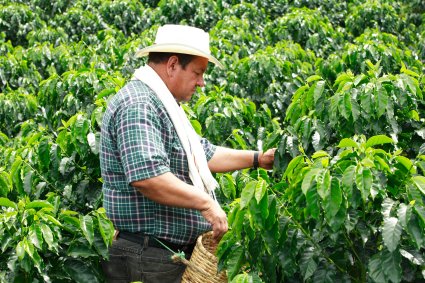 In regards to tourism, Coleman says that travelers are obtaining more knowledge about parts of Colombia and people are interested in seeing the real culture and geography of the region. The “Colombia: The Nature of Culture” program at the 2011 Smithsonian Folklife Festival held outdoors on the National Mall in Washington, D.C. (June 30th to July 11th) celebrates the rich bio-cultural diversity of the country. Access to authentic haciendas shows people the natural beauty that exists, something that may not be tangible staying at a convention center or riding a cable car alone.
In regards to tourism, Coleman says that travelers are obtaining more knowledge about parts of Colombia and people are interested in seeing the real culture and geography of the region. The “Colombia: The Nature of Culture” program at the 2011 Smithsonian Folklife Festival held outdoors on the National Mall in Washington, D.C. (June 30th to July 11th) celebrates the rich bio-cultural diversity of the country. Access to authentic haciendas shows people the natural beauty that exists, something that may not be tangible staying at a convention center or riding a cable car alone.
With coffee being one of the most universal drinks on the planet, it’s natural to make a link between coffee and tourism. The extension of the free trade agreement is important to the country’s 56 free-trade zones that offer taxes, customs and exchange benefits. Other major exports include flowers, bananas, emeralds, coal, gold and oil. “We’re not talking about some obscure, local fruit no one has heard of before,” Coleman says. “Coffee is fundamental to the region, but there’s so much more to it.”
Cafe and Comfort?
Shake things up a bit and try one of these authentic coffee farms. Whether you’re on a budget or looking to splurge, we’ve got some prominent picks for your pleasure.
 Hacienda Venecia-Situated in Manizales, the capital of Armenia, this unique plantation is family-run (four generations!). The farm produces Arabica coffee beans, which are exported to Japan, Belgium and Canada. Since 2009, travelers have stayed in the hacienda. Activities include watching birds (over 16 species), walking along trails, riding horses and touring the farm’s coffee production stages (from $180 per night, www.haciendavenecia.com).
Hacienda Venecia-Situated in Manizales, the capital of Armenia, this unique plantation is family-run (four generations!). The farm produces Arabica coffee beans, which are exported to Japan, Belgium and Canada. Since 2009, travelers have stayed in the hacienda. Activities include watching birds (over 16 species), walking along trails, riding horses and touring the farm’s coffee production stages (from $180 per night, www.haciendavenecia.com).
Sazagua-The modern boutique hotel lies in the heart of Colombia’s coffee region. Visitors will admire the colonial flooring, Spanish tiles and lively colors like orange and green. Not to mention a decadent menu paying tribute to regional cuisine and international flair (from $152, www.sazagua.com).
Hacienda San Jose-Pereira’s hotel gem dates back to 1888. The guesthouse was preserved with an antique feel and visitors are able to choose between eight suite rooms. Stays include an American breakfast, welcome coffee and pool access (from $126, www.haciendahotelsanjose.com).
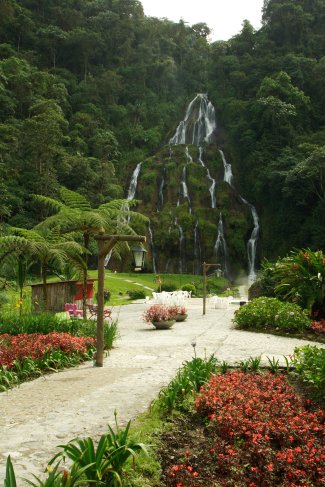


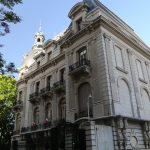

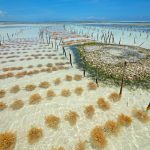
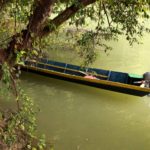

Leave a Reply